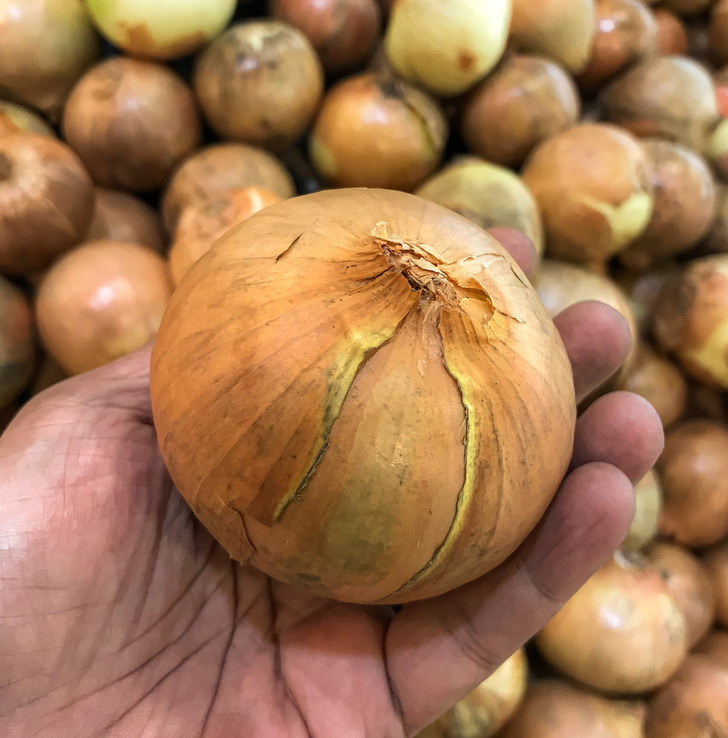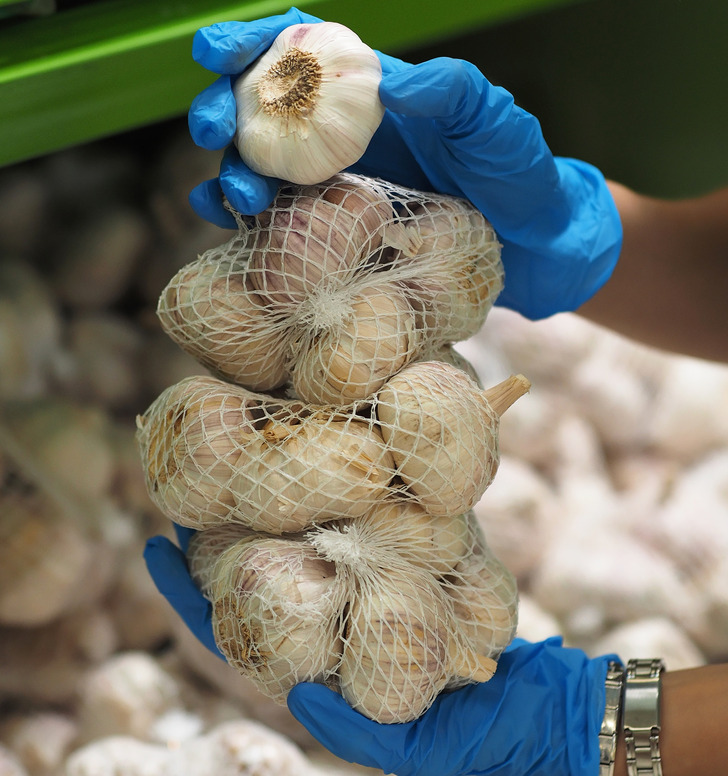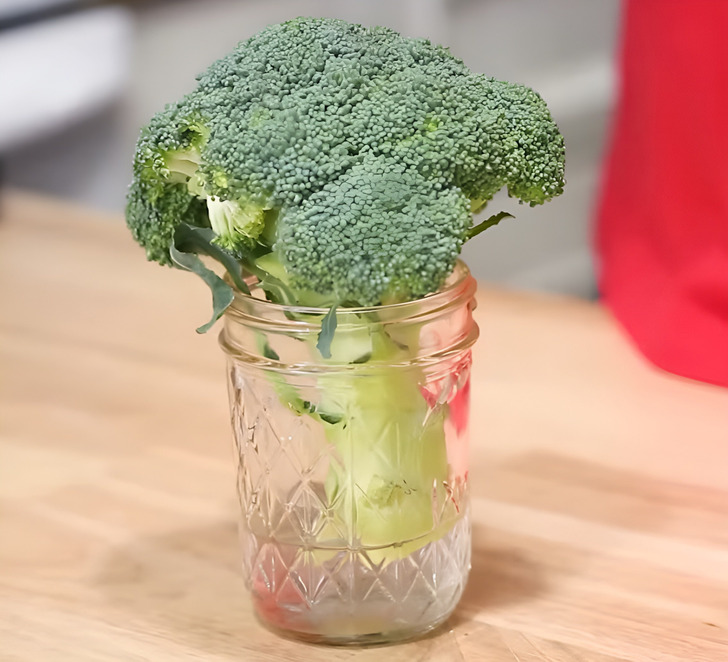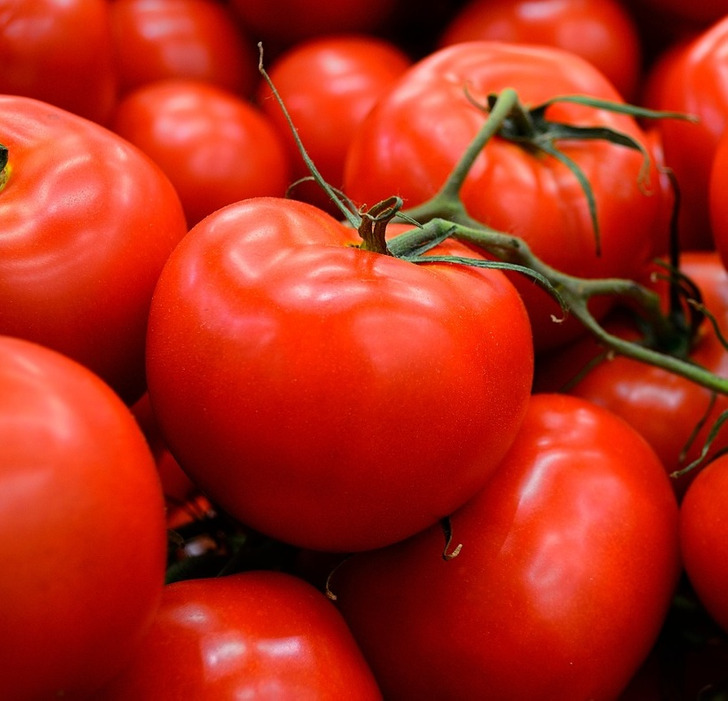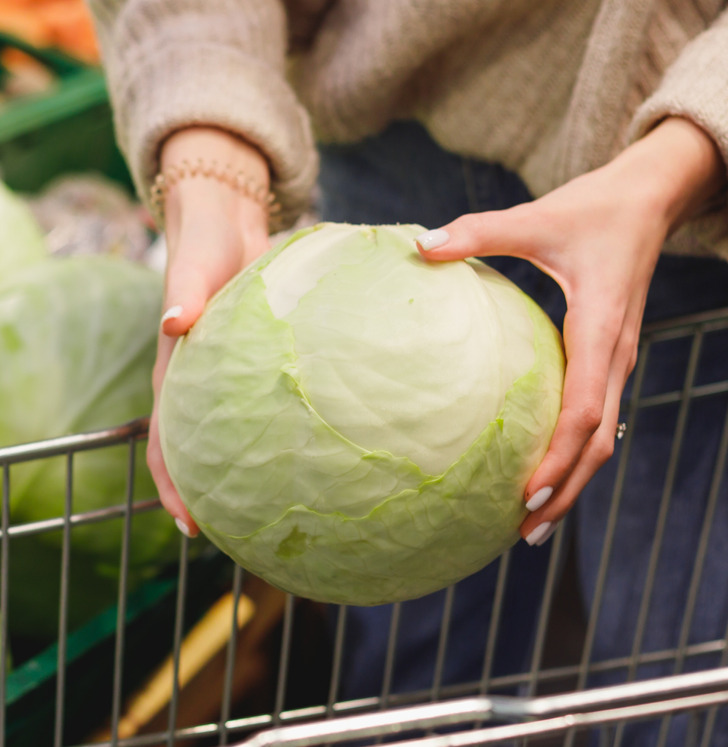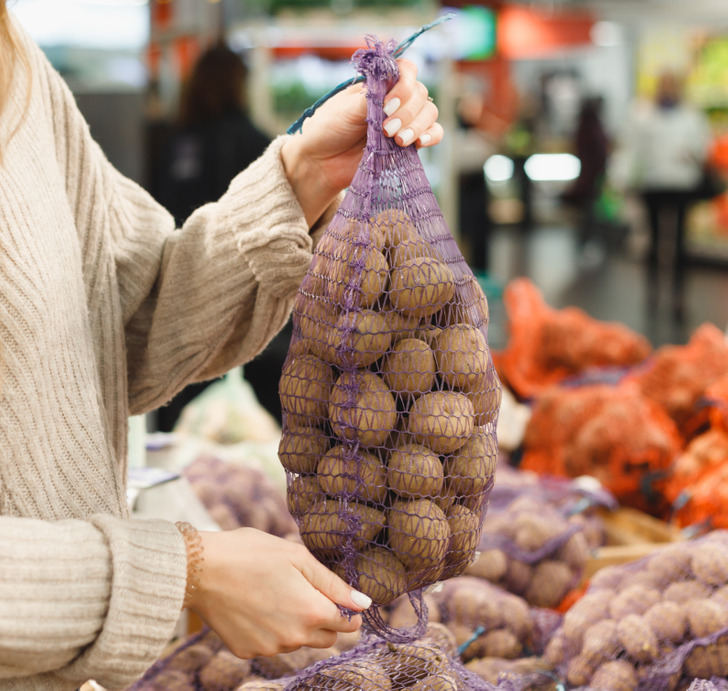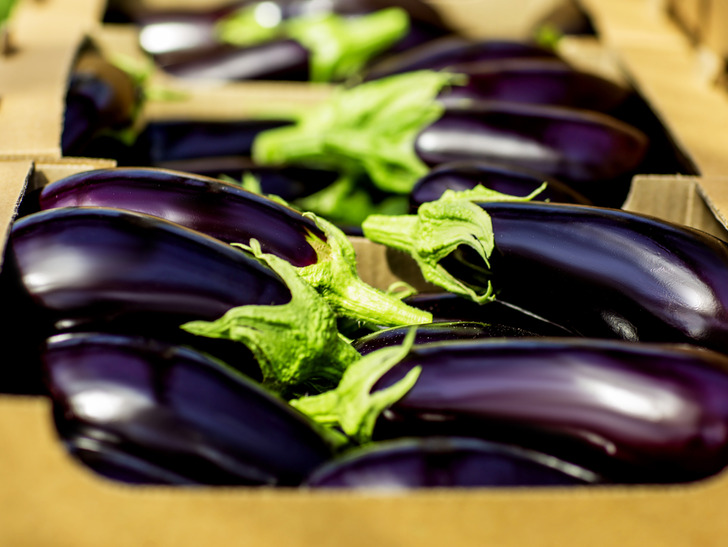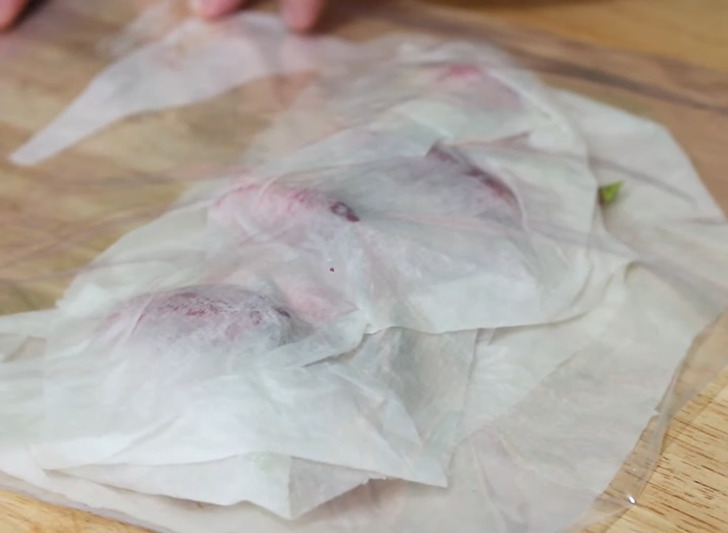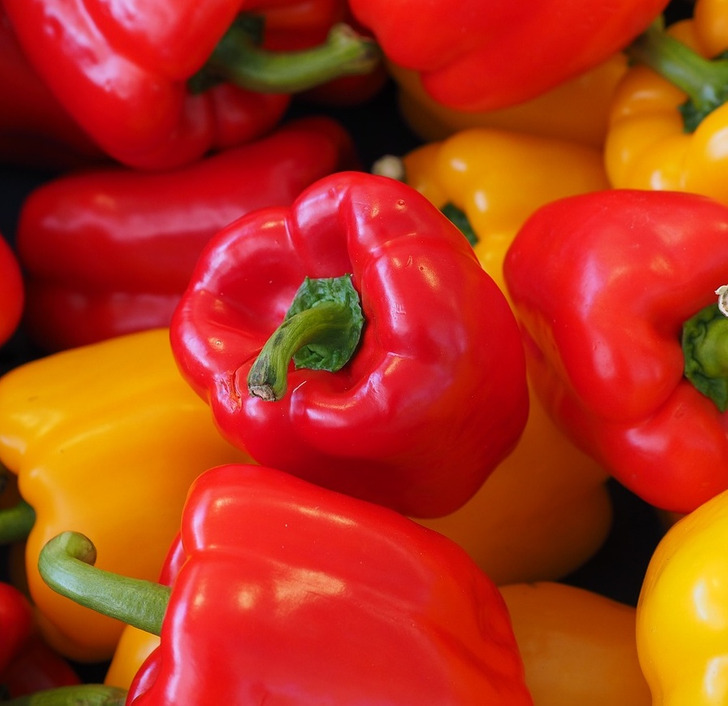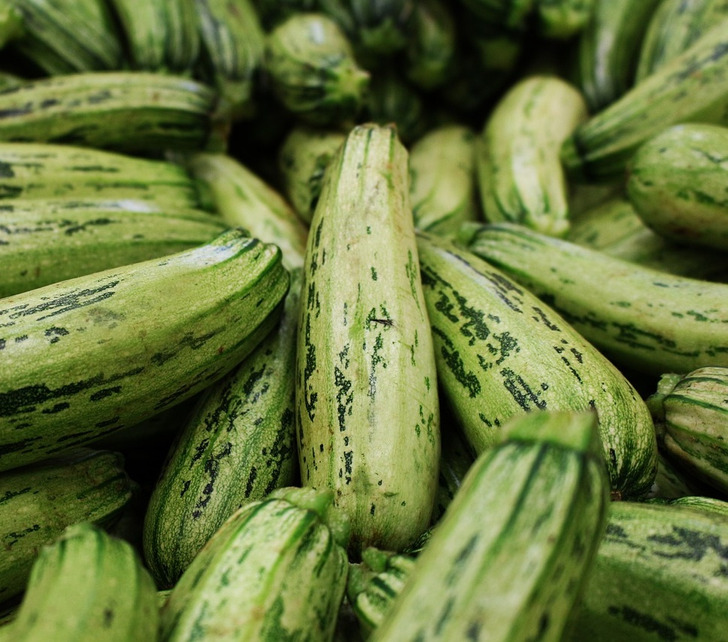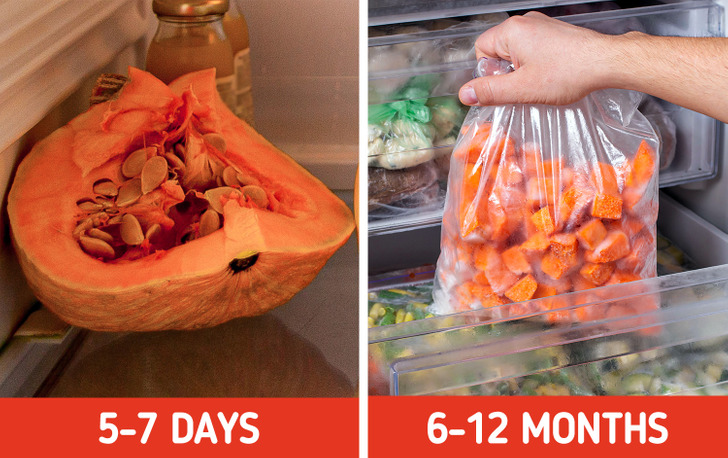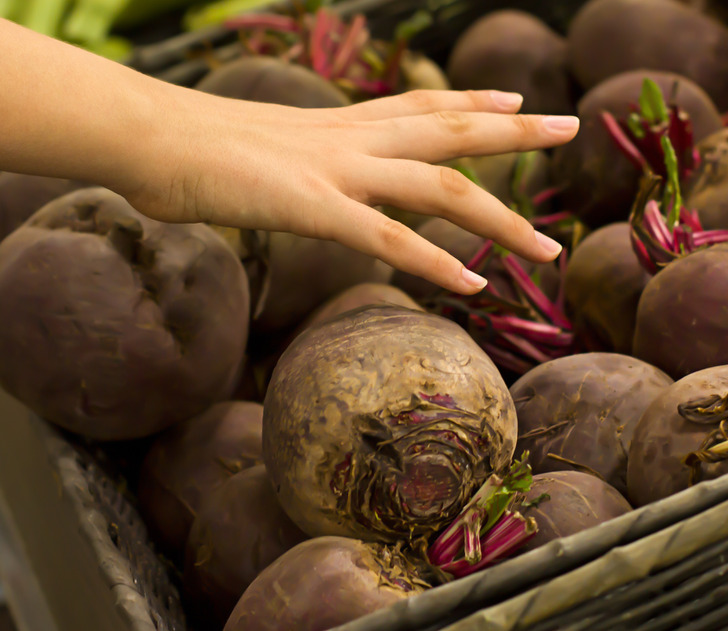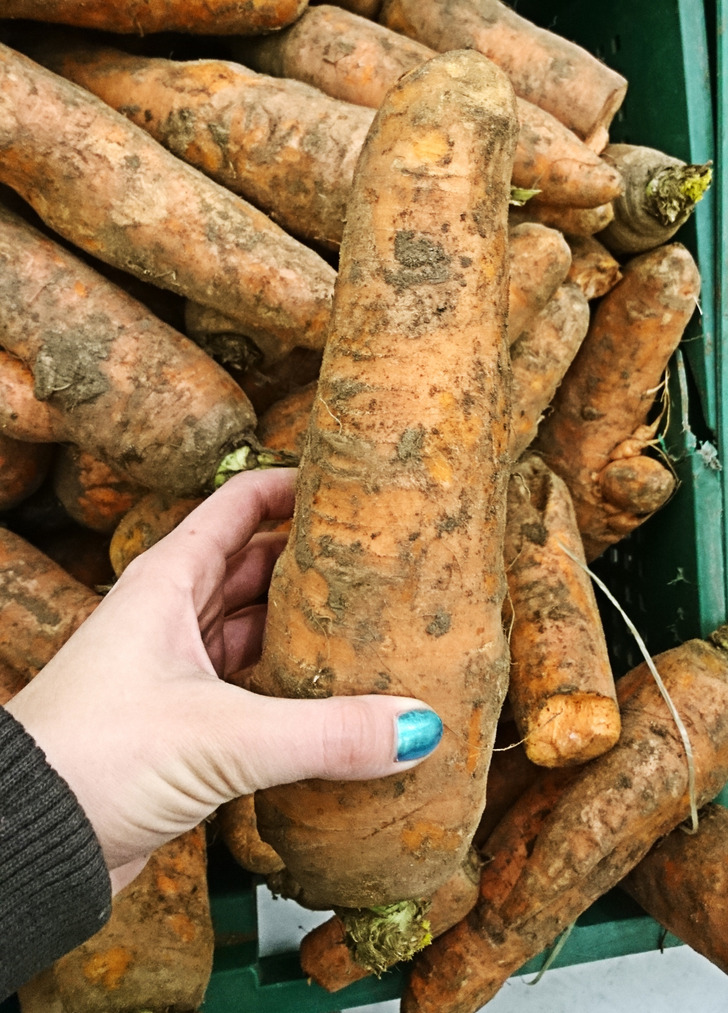How to Store Vegetables to Keep Them Fresh for Longer: 14 Tips
Vegetables contain vitamins and minerals, fiber, and other bioactive compounds vital for the health of the body. Keeping such products fresh can be really challenging, as some of them wilt in the fridge, while others spoil if you keep them at room temperature. In this article, we’ll tell you how to keep vegetables fresh for longer.
1. Onions
- It’s best to keep whole onions in a cool, dry, dark, well-ventilated place, like a pantry, cellar, or closed kitchen cabinet. Onions can be stored for 2 to 3 months under these conditions.
- Never store whole onions in the fridge and in a plastic bag. The bulbs may start to spoil due to moisture and poor ventilation.
- Please note that you can keep peeled, sliced, or diced onions in the fridge. Peeled onions have a shelf life of up to 14 days refrigerated, and diced and sliced onions only 7-10 days refrigerated.
2. Garlic
- Whole garlic bulbs, like onions, are better not to store in the fridge. Garlic will start sprouting soon after it’s taken out of the fridge. Sprouted garlic has a bitter taste.
- The best way to store garlic is to keep it in a cool, dry, dark place. Use breathable materials like paper or mesh if you need to bag it up.
- Peeled garlic can be stored in the crisper drawer of the refrigerator for up to 2 weeks. Don’t forget to put it in a sealed container or zip-lock bag beforehand.
3. Broccoli
- First, сut off a little bit of broccoli stalk. Then place the broccoli in a glass with water and store it in the fridge. This way, the broccoli can last a few weeks.
- Frozen broccoli can be stored for at least 8 months. For this, you need to blanch the broccoli in boiling water, place the cooled broccoli in a freezer bag, and put it in the freezer.
4. Cucumbers
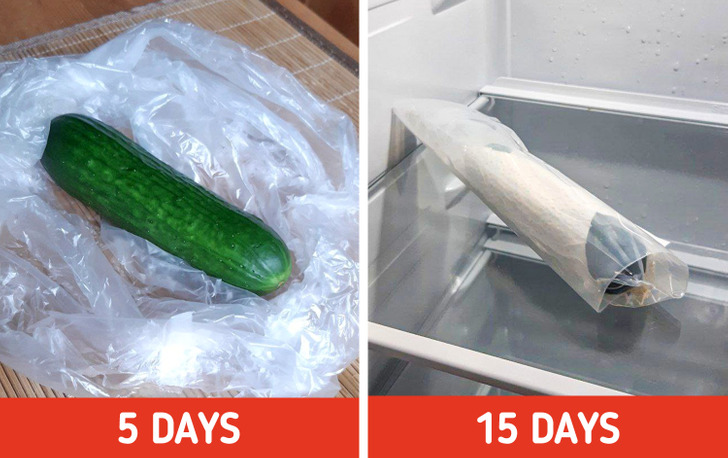
- Cucumbers usually have a shelf life of 5-7 days at room temperature.
- The best way to keep cucumbers crisp and fresh is to wrap them in a paper towel, place them in an airtight zip-lock bag, and then store them in the fridge. Cucumbers can last up to more than 2 weeks using this method.
- Avoid storing cucumbers with other fruits and vegetables, such as bananas and tomatoes. They produce ethylene gas that may make cucumbers spoil quickly.
- If you want to keep half a cucumber fresh, always cover the cut end in plastic wrap.
- Don’t freeze cucumbers for later use. It will make them mushy.
5. Tomatoes
- The shelf life of raw tomatoes is usually up to 22 days at room temperature.
- It’s not recommended to store fresh tomatoes in the fridge because their flesh can turn mealy and mushy, except for short-term storage (less than 3 days) of completely ripe fruit. Then the flavor loss will be minimal.
- To extend the shelf life, put tomatoes upside down (stem-side down) on paper towels in an open container.
- Tomatoes may be frozen whole, sliced, chopped, or puréed. You also can freeze them cooked as juice or sauce.
6. Сabbage
7. Potatoes
- Potatoes are afraid of light, high temperatures, and frost.
- Raw potatoes stored in a dark, cool, well-ventilated place will keep for many months without spoiling. The most suitable temperature for storage is 45°F-55°F (7°C-13°C).
- Never store raw potatoes in the fridge or freezer. It can cause “cold-induced sweetening.” As a side effect, acrylamide, which is likely carcinogenic in humans, may accumulate.
- It’s better not to wash potato tubers before storing them.
8. Eggplants
- Eggplants spoil quickly, so don’t cut them until you plan to use them.
- The ideal temperature for storage is 50°F-54°F (10°C-12°C). Keep eggplants in a cool, dark place. To make them last longer, wrap each fruit in a paper towel or inside a paper bag with the top left open.
- Eggplants are sensitive to ethylene gas. So keep it away from fruits like apples, bananas, and tomatoes.
9. Radishes
- Before storing, snip off the tops of radishes and their roots.
- First, take a damp paper towel and spread it out in a plastic bag. Then lay out a layer of radishes and cover them with another damp paper towel. There can be several such layers. After that, remove the air from the bag as much as you can. Seal the bag and put it in the fridge.
- This way, you can keep radishes fresh for up to a couple of weeks.
10. Bell pepper
- Bell peppers must be stored in a plastic bag in the fridge.
- If you want to store bell peppers in the freezer, first remove the stem and slice off the top of the peppers. You can cut the bell pepper into strips or cubes or freeze the peppers whole.
- Arrange the peppers on a baking sheet in one layer and place them in the freezer to flash freeze for an hour. Then remove them from the baking sheet and put them in a freezer bag. Release the air from the bag as much as you can. After that, return them to the freezer.
- Frozen peppers can last for at least 6 months.
11. Zucchini
- To keep zucchinis fresh and make them last longer, put them in plastic bags in the crisper drawer of the fridge. Don’t wash zucchini before storing.
- Zucchinis have a short storage life, so use them within 2-3 days.
- Freezing zucchinis is possible, but it will probably make the vegetable a bit soft.
- To store zucchini in the freezer, first, rinse, chop or slice it. Then blanch the zucchini. This step will help to save the texture and color of the vegetable. Place cooled zucchini in zip-lock plastic bags and freeze.
- You can also arrange the blanched zucchini on a parchment paper-lined baking sheet and place it in the freezer. When the vegetable is frozen solid, put it into plastic bags and transfer it to freezer-proof storage. This method will keep pieces of zucchini easier to divide.
12. Pumpkin
- The whole pumpkin must be stored in a cool, dry location for 1-3 months. It’s better not to keep the fruit on a cement floor or rug, as they tend to rot. Put it on a board or piece of cardboard.
- If you are going to keep cut pumpkin in the fridge, remove the seeds and wrap the fruit in plastic. Fresh pumpkin lasts for 5-7 days refrigerated.
- Freezing is the best option if you won’t be using your pumpkin anytime soon. Cut the pumpkin into cubes and blanch them. Add the cooled cubes to the baking sheet and place the tray in the freezer. Freeze for 3 hours. After that, remove the tray from the freezer and put the cubes in a freezer bag. Put them back in the freezer.
- This method makes the pumpkin last for 6-12 months.
13. Beets
- First, remove the greens, leaving about 1″ to 2″ (3 cm to 5 cm) of stem at the top of the root.
- Then put the beets in a plastic bag and store them in the fridge at or below 41°F (5°C). You can keep them this way for 7 to 10 days.
- If you are going to store the beets frozen, first cook them in boiling water until tender. Peel cooled beets and cut them into slices or cubes. Put them in a plastic bag, leaving half an inch (1.3 cm) of headspace, and freeze.
14. Carrots
- Don’t wash the carrots until you’re ready to cook them. Unwashed carrots last longer.
- Cut the greens of the carrots, leaving about 1 inch (2.5 cm) of the stem.
- Keep the carrots only in a cool, dark place, like a root cellar. Pack them in a sealed container with leaves, sawdust, mulch, or moist sand.
- If you don’t have a root cellar, you can store carrots in perforated plastic bags in the fridge.
- The surplus of carrots can also be frozen. But vegetables tend to become soft and mushy after defrosting. So if you’re wanting to mix carrots into soups or stews, then it’s the way to go.
These simple methods of storing vegetables can help to minimize food waste and save money. Please tell us your tips to keep vegetables fresh for longer.
Check the video for more ideas to keep your food fresh longer
Preview photo credit DiMatague / Shutterstock.com, dreii / Shutterstock.com, YusIrina / Shutterstock.com
Share This Article
